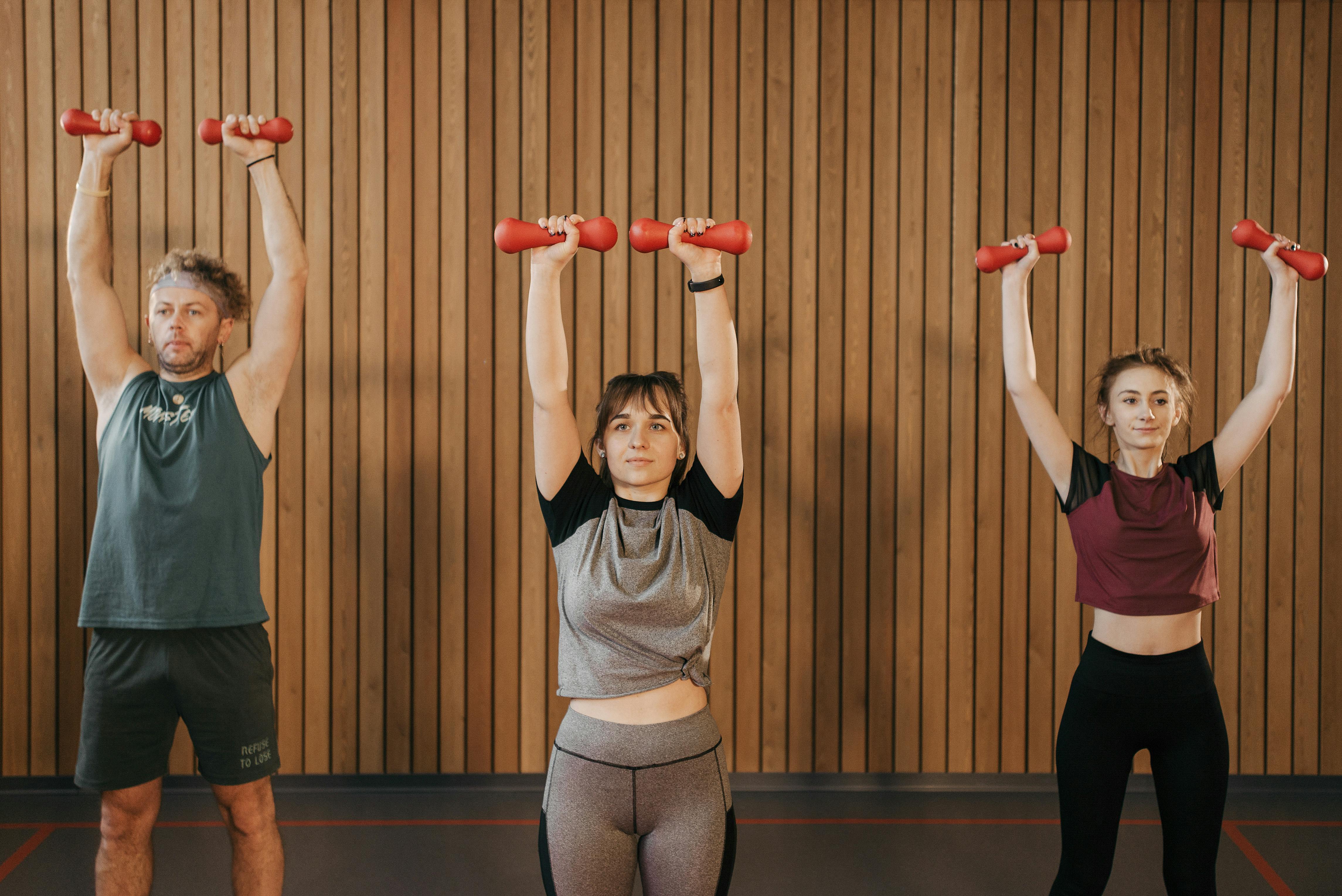Yoga Cueing Course
Chiara is a qualified yoga teacher and certified English teacher who teaches internationally online and in-person. Her teaching experience has given her a solid understanding of the unique challenges faced by students of different levels from varying backgrounds in their yoga practice and how to teach them effectively.
Cues help to guide cueing course for yoga teachers students efficiently through a class sequence and can also add to the rhythm of the session by using a variety of attentional focuses. This allows the students to discover how certain cues resonate with them and encourages them to listen to their own body.

Effective yoga teacher cues make the difference between a class that is inspiring and one that is merely functional. They should be clear and concise without filler words that confuse students. Cues should be active, allowing students to become owners of their movement rather than being passive participants in the class.
Mastery of Verbal Guidance – Yoga Cueing Course
Cueing for alignment is essential to help students move safely and intelligently into a pose. However, excessive use of alignment cues can be de-energising for students and may even cause injury in some cases. The best yoga teachers will balance the need for alignment with other cues that allow students to explore how a pose feels for their own bodies and develop more self-awareness on the mat.
The ability to provide guidance on how to modify a pose is another useful yoga teacher skill to have in your toolbox. Some students are less flexible than others, or they may have a physical condition that makes an advanced pose inadvisable. It’s important for yoga teachers to be able to offer alternatives that are appropriate for all bodies in order to support the diversity of their student population.
Often when teachers are learning how to cue they’re taught to focus on the aesthetics of a pose and to use specific anatomical terms that their students are unlikely to be familiar with. This can be confusing for students, especially those with a limited knowledge of anatomy. For example, telling students to “lift your sit bones” can be difficult for some students to understand and is potentially dangerous for those with sacroiliac joint issues.
It’s also important for yoga teachers to be able to provide guidance on the benefits of stillness in class. Some students need a break from the flow of the class, or they might prefer to stay in one pose for a longer period of time to receive the benefits of that posture. Providing this option shows students that taking a break is not seen as weakness or a sign of giving up in class. Ultimately, this helps to build their confidence and gives them a sense of ownership over their own practice.

